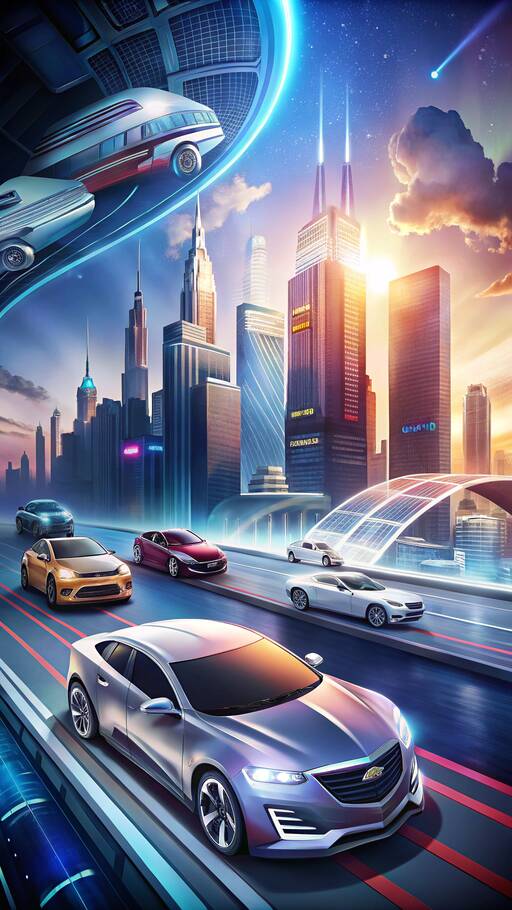
General Motors (GM) is shifting its focus in autonomous driving by planning to dissolve its Cruise robotaxi division by the middle of next year. This move underscores GM's decision to move away from a standalone robotaxi business in the face of growing market competition and significant costs.
Rather than chase robotaxi ambitions, GM will integrate the Cruise team into its technical divisions to enhance existing technologies like Super Cruise. This hands-free driving system is available in more than 20 GM vehicle models and offers autonomous functions on divided highways, while still requiring drivers to remain attentive.
Cruise, founded in 2013 and acquired by GM in 2016, had ambitious plans to launch the Origin robotaxi. However, it faced operational hurdles, including competition from Tesla's Cybercab and issues like accidents that led to revoked permits in California.
GM's new strategy is to incorporate autonomous technology into personal vehicles rather than establishing a robotaxi fleet. Decision-makers cited the extensive time, resources, and intense competition as major reasons for this change.
By merging Cruise's operations with its own, GM aims to streamline its efforts and could potentially boost its stake in Cruise to over 97%. This strategic consolidation is expected to reduce spending by more than $1 billion.
Summary: General Motors is abandoning its Cruise robotaxi initiative, reallocating resources towards enhancing Super Cruise technology in personal vehicles. This decision follows escalating costs and market competition, shifting the focus away from commercial fleets.